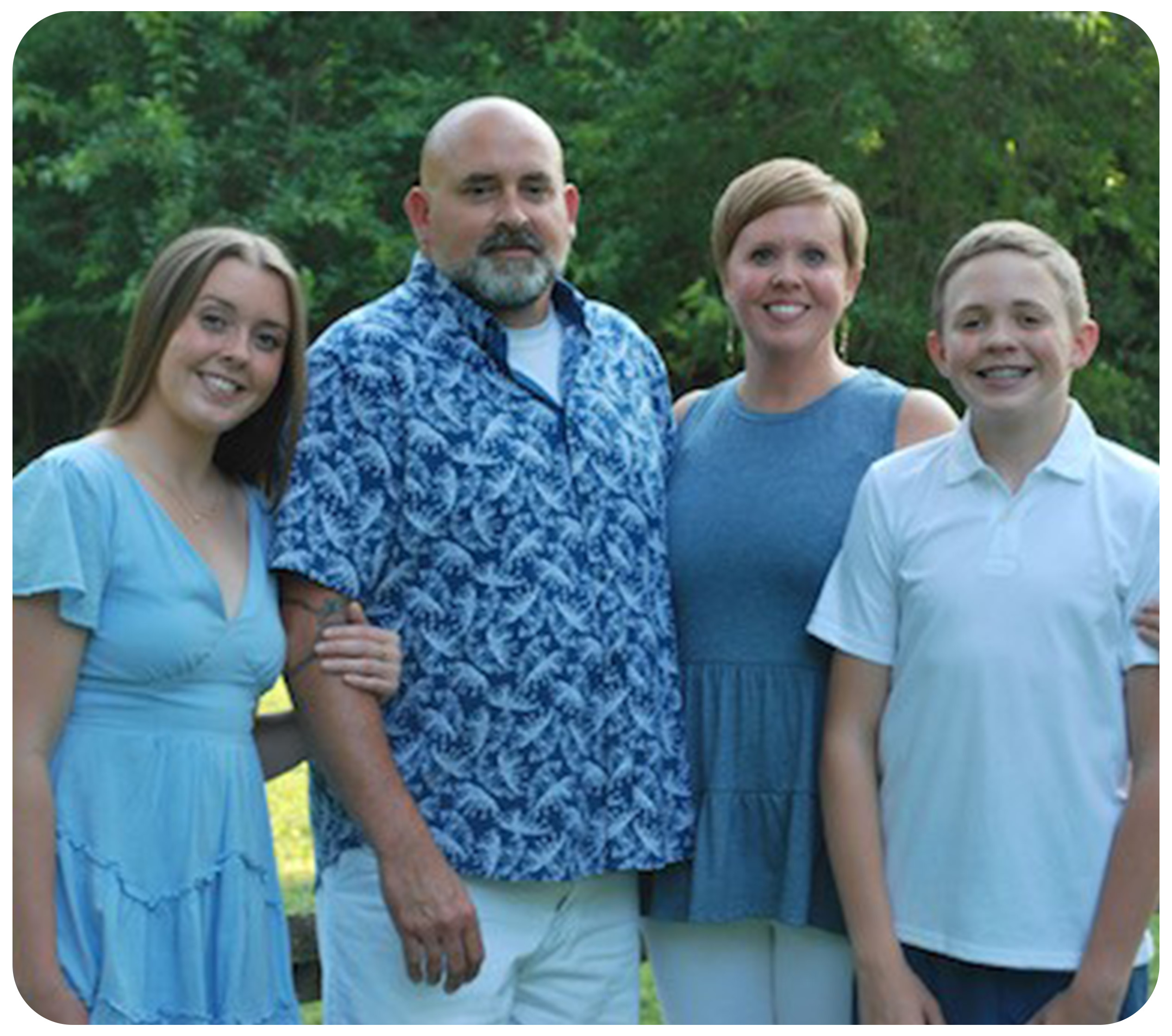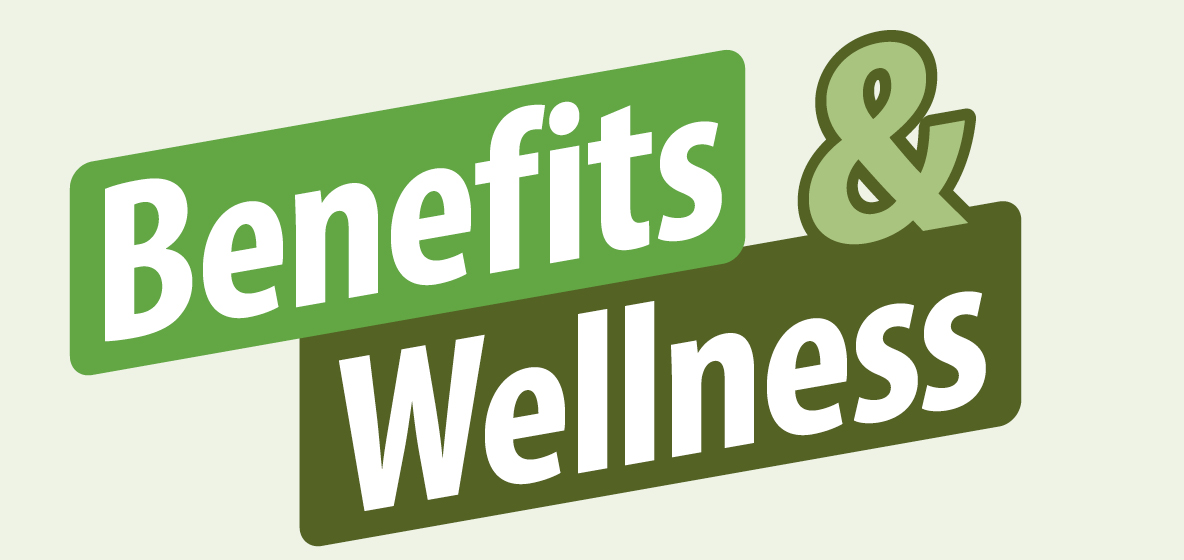
National Nurse Practitioner Week is observed every year during the second week of November. Created by the American Association of Nurse Practitioners it recognizes the tremendous contributions of Nurse Practitioners to healthcare. Across the country, healthcare providers and educators join in celebrating Nurse Practitioners. At Crossroads we are spotlighting our own outstanding Nurse Practitioner, Jessica McCune of Crossroads in Northeast Ohio, during this year’s Nurse Practitioner Week.
Spotlight on Nurse Practitioner Jessica McCune
Empathy and Expertise for Patients, their Families & the Team
Jessica McCune, NP, brings genuine compassion and proven experience to her work in hospice and palliative care. For the past eight years since Jessica joined Crossroads in Northeast Ohio she’s supported patients and their families with strong guidance and clinical coordination.
Jessica’s healthcare journey began as a nurse’s aide. That’s when she discovered her passion for helping others. While working nights and weekends, she earned her LPN and then RN, gaining experience in both nursing homes and a hospital.
Jessica eventually earned her NP too. After a few years in family nursing she was encouraged to explore hospice care which led her to Crossroads. Learning that one of Crossroads’ medical directors had been a favorite professor in nursing school made the opportunity feel like a natural next step.
When Jessica joined Crossroads in her first hospice nursing role the early days were demanding and sometimes a challenge but she felt immediately welcomed by a team that seemed genuinely interested in her success. “I knew right away I was in the right place,” she said.
That sense of teamwork and support is what keeps her at Crossroads. “Crossroads has its challenges like everywhere but it always comes back to the good,” Jessica said. “We really have the best staff and we support each other through everything.”
Passion for Palliative Care
Now focused on palliative care, Jessica helps patients and families navigate declining health. She acknowledges that palliative care can be confusing for patients, families, even healthcare providers, but she says her team “gets it” and works together to provide comfort, understanding and peace in every situation.
A proud Northeast Ohio native, Jessica loves serving her own community. At home she’s Mom to a 17-year-old daughter and 13-year-old son. She’s been married to Jason, “her saint of a husband” for 18 years. Jessica values the time she spends with the kids navigating their busy school and extracurricular schedules. Jessica also credits her patients for keeping her inspired and challenged. “My patients and their families motivate me.”
We wish Jessica much continued success. She represents Nurse Practitioners so well while giving the best of herself to Crossroads’ patients and their families during Nurse Practitioner Week and every week!




Ideas, Comments, Questions?
Please provide us with your feedback using this form.